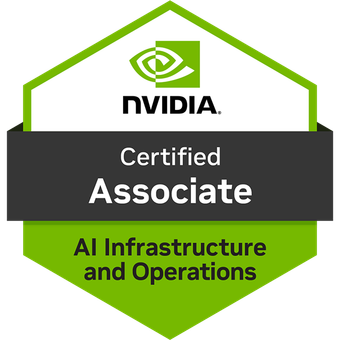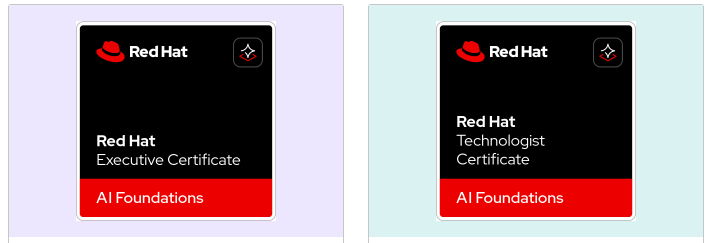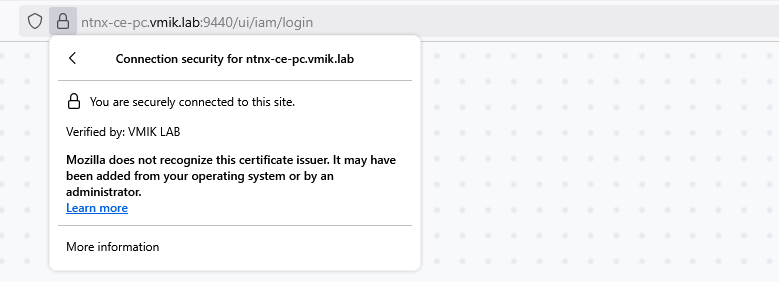
A few months ago, I took the Nutanix Certified Professional – Cloud Native 6.10 exam, and in this post, I want to share materials I used to prepare for this exam.
For those who did not hear about this certification, NCP-CN measures your ability to use the Nutanix Kubernetes Platform product, which makes Kubernetes management much easier.
This guide outlines the preparation methodology I am using for certification exams, and it is applicable to other Nutanix exams as well.
Nutanix Certified Professional is the second stage in the Nutanix certification track. This certification requires the candidate to have good theoretical and practical knowledge of working with Nutanix solutions and is divided into several tracks:
Nutanix Certified Professional – Multicloud Infrastructure (NCP-MCI)
Nutanix Certified Professional – Database Automation (NCP-DB)
Nutanix Certified Professional – Unified Storage (NCP-US)
Nutanix Certified Professional – Multicloud Automation (NCP-MCA)
Nutanix Certified Professional – End User Computing (NCP-EUC)
Nutanix Certified Professional – Cloud Integration (NCP-CI)
Nutanix Certified Professional – Cloud Native (NCP-CN)
In this article, we will look at the main topics from the Nutanix Certified Professional – Cloud Native (NCP-CN) exam version 6.10, and I will also share materials that you can use to prepare yourself.
Continue reading “Preparing for the Nutanix Certified Professional – Cloud Native 6.10 (NCP-CN 6.10) Exam” ![]()









